LEED Standards: How to Apply Them in Home Design
LEED (Leadership in Energy and Environmental Design) is an international green building certification system aimed at creating sustainable, healthy, and environmentally friendly environments. The standards include principles such as using recycled materials, reducing emissions, and utilizing renewable energy. Applying LEED principles in home design can improve your quality of life, protect the environment, and reduce energy costs. In this article, we’ll learn how to implement LEED principles in home design and share practical examples.

Key Principles of LEED
- Use of Recycled and Non-Toxic Materials: Choosing recycled and non-toxic materials can reduce environmental impact and improve indoor air quality. Look for products with a high percentage of recycled content, such as furniture, flooring, and textiles. Chemical compounds like formaldehyde, often found in furniture and paints, can cause respiratory problems, headaches, and even chronic diseases like asthma. A good example is using recycled wood flooring, carpets made from recycled bottles, and water-based paints that do not contain harmful chemicals. Natural materials like wood, bamboo, and eco-friendly paints can reduce exposure to toxins and contribute to indoor air quality.
- Reducing Emissions: Reducing emissions involves using materials and technologies that decrease harmful emissions to the air and environment. Materials like plastic and PVC can release volatile organic compounds (VOCs) that harm health. Installing double-glazed windows can reduce the need for heating and cooling and lower carbon emissions. Another good example is using advanced insulation systems that reduce the need for energy for heating and cooling, thereby reducing greenhouse gas emissions.
- Using Renewable Energy: Installing renewable energy systems like solar panels can reduce dependence on polluting energy and lower electricity costs. Solar systems can generate clean and direct electricity from the sun, reducing the home’s carbon footprint. For example, installing solar panels on the roof can provide electricity for the entire house and reduce the need for polluting energy from the general power grid.

Implementing LEED Principles in Home Design
- Choosing Environmentally Friendly Materials: Opt for sustainable and environmentally friendly materials for every element in home design, including furniture, flooring, walls, and roofs. Using recycled and non-toxic materials, like bamboo and natural wood, will benefit your health and help preserve the environment. Synthetic materials like PVC and formaldehyde emit harmful substances into the air, causing respiratory problems, headaches, and even chronic diseases. For example, recycled wood flooring and carpets made from recycled bottles provide a healthier and friendlier alternative.
- Planning Open and Organized Spaces: Planning open and organized spaces allows maximum use of natural light and natural ventilation. Large windows and open balconies can let light and fresh air into the house, improve indoor air quality, and create a sense of space and comfort. For example, designing a living room with large windows facing south to maximize sunlight and reduce the need for artificial lighting during the day.
- Energy and Lighting Management: Using smart energy management technologies can help reduce the home’s energy consumption. Installing energy-efficient lighting, such as LED bulbs, and using smart heating and cooling systems can lower energy costs and benefit the environment. For example, a smart heating system operated via an app allows remote control of the house temperature and helps reduce energy consumption.
- Creating Gardens and Green Spaces: Creating gardens and green spaces around the house can improve the local climate, reduce carbon emissions, and create a pleasant and healthy environment. Green gardens can serve as natural filters for air and water and contribute to residents’ well-being. For example, a garden with air-purifying plants like lavender and eucalyptus can improve air quality and reduce the need for mechanical air purification systems.
- Recycling and Waste Management: Installing household recycling and waste management systems can reduce the home’s environmental impact. Recycling bins, composters, and graywater management systems can improve sustainability and reduce the ecological footprint. For example, a home compost system can reduce the amount of waste sent to landfills and provide organic fertilizer for the home garden.

Conclusion
Proper home design can significantly improve our physical and mental health. By choosing natural materials, maximizing natural light, adding houseplants, and designing open and organized spaces, you can create a home environment that promotes health and well-being. It is important to invest in design that promotes health to ensure a high and pleasant quality of life. By applying LEED principles, you can create a home that is not only beautiful but also healthy, green, and environmentally friendly.
#SustainableHomeDesign #EcoFriendlyInteriorDesign #EnergyEfficientLighting #RecycledMaterials #NaturalLight #IndoorPlants #OpenLivingSpaces #BambooCabinets #ModernSustainableBedroom #EcoFriendlyFurniture #LEEDHomeDesign #HealthyHomeEnvironment #GreenLivingSpaces #RenewableEnergyHome #EnvironmentalImpact #SustainableLiving #EcoFriendlyHome #GreenHomeDesign #SustainableDecor #HealthyLiving #HomeDesignIdeas #EcoConsciousLiving #SustainableLifestyle #GreenArchitecture #RenewableEnergySolutions #moranbaror #morethanjustafeeling
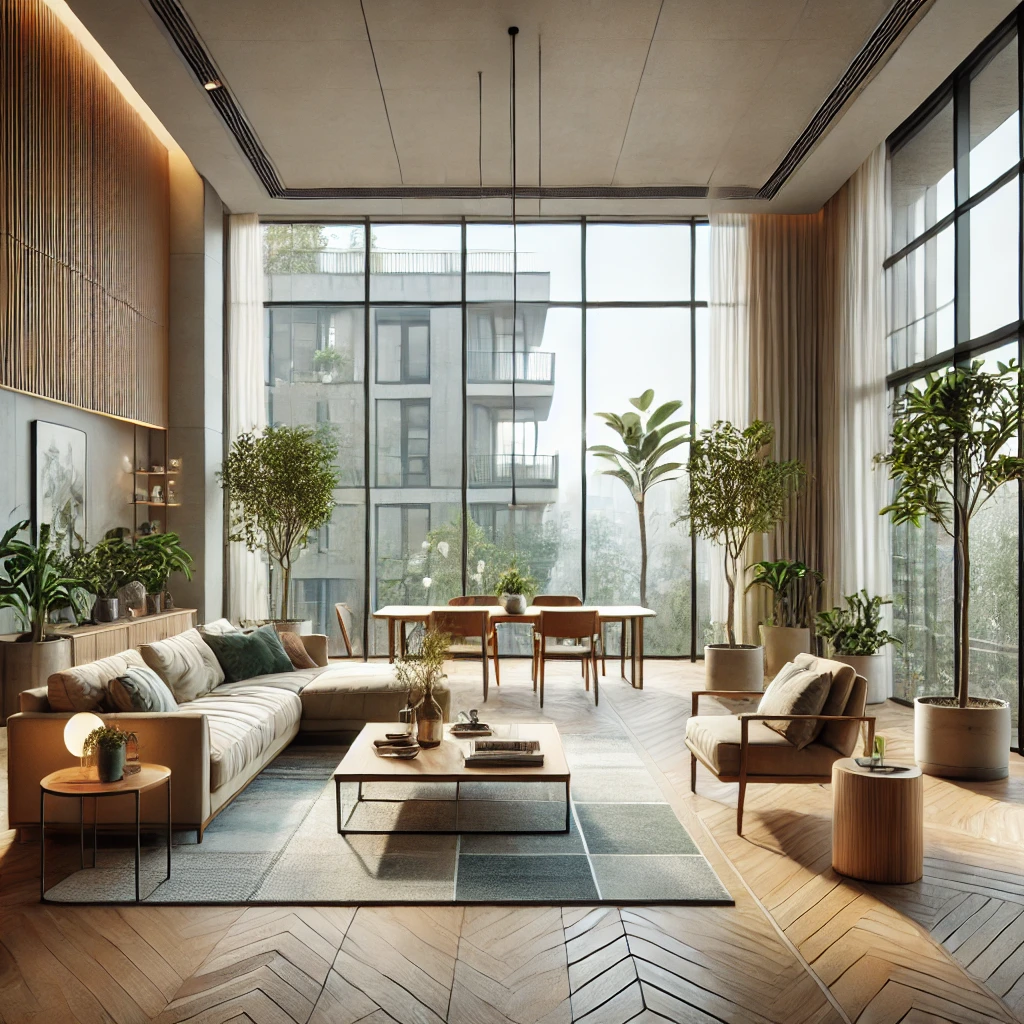
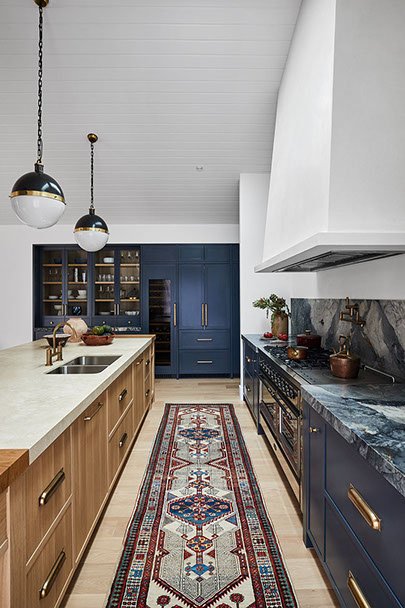
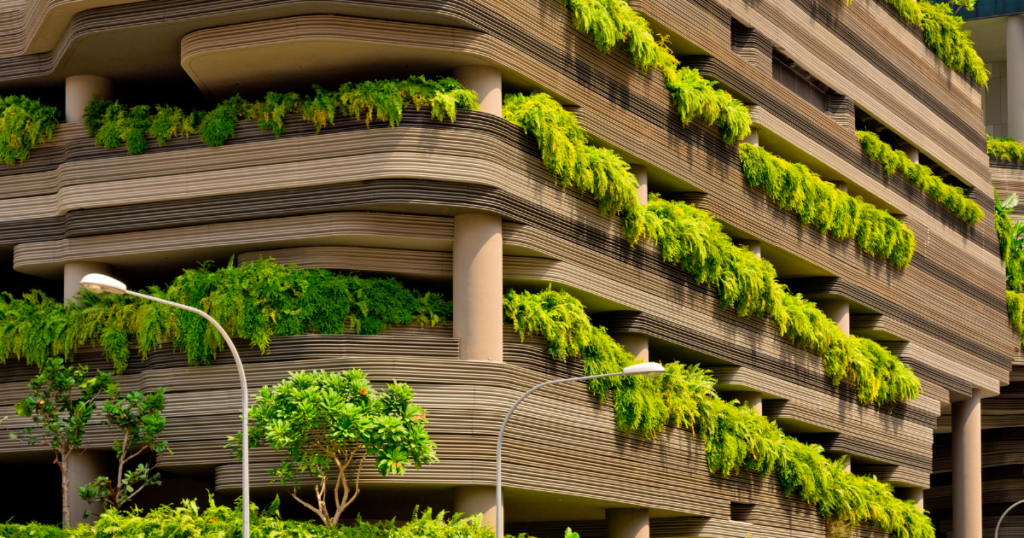
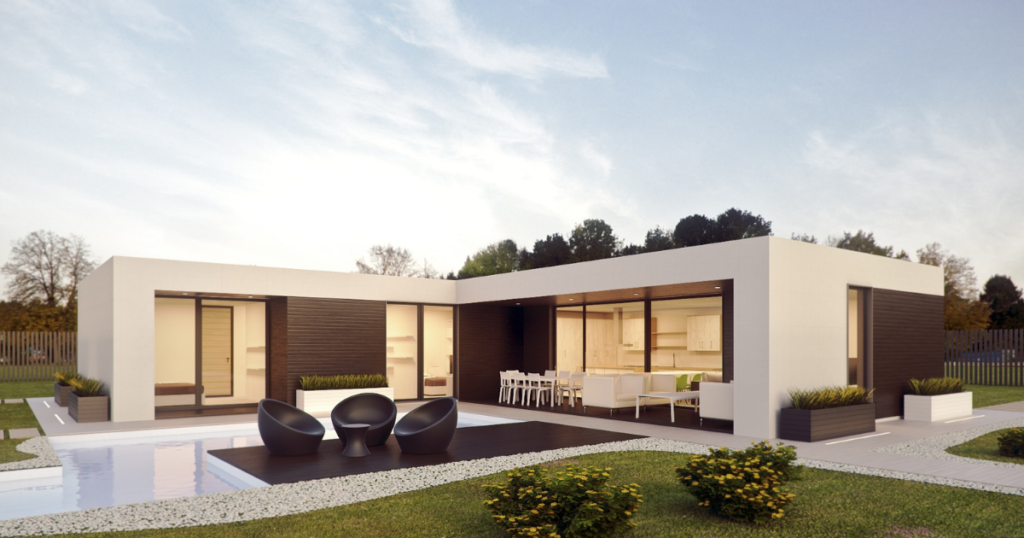

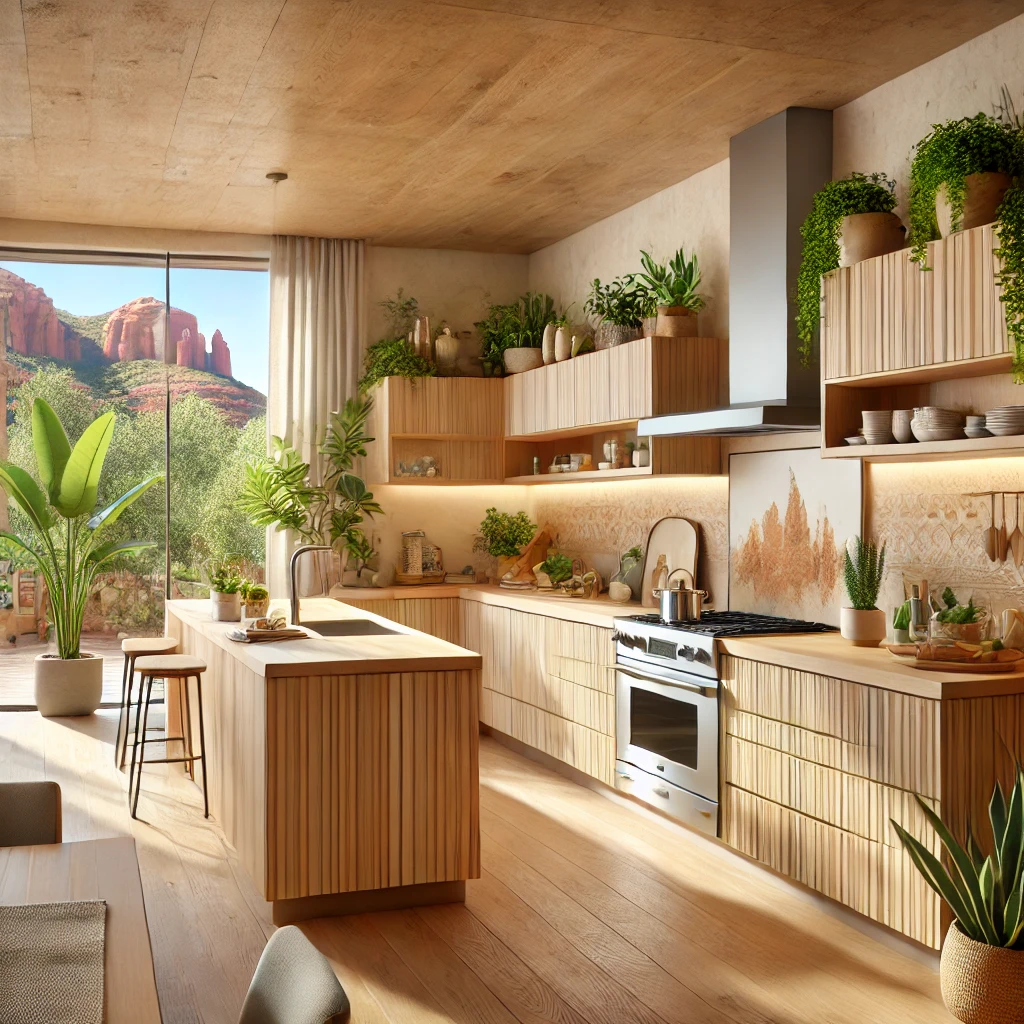
 Need help?
Need help?